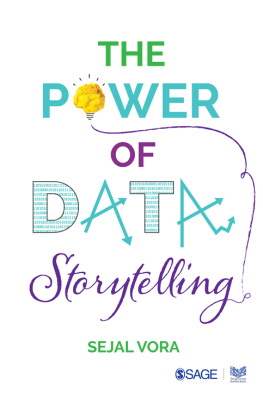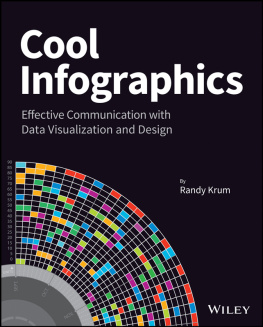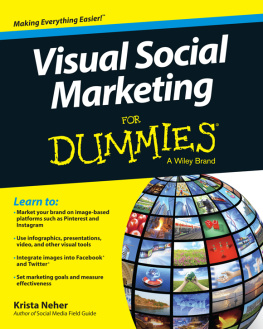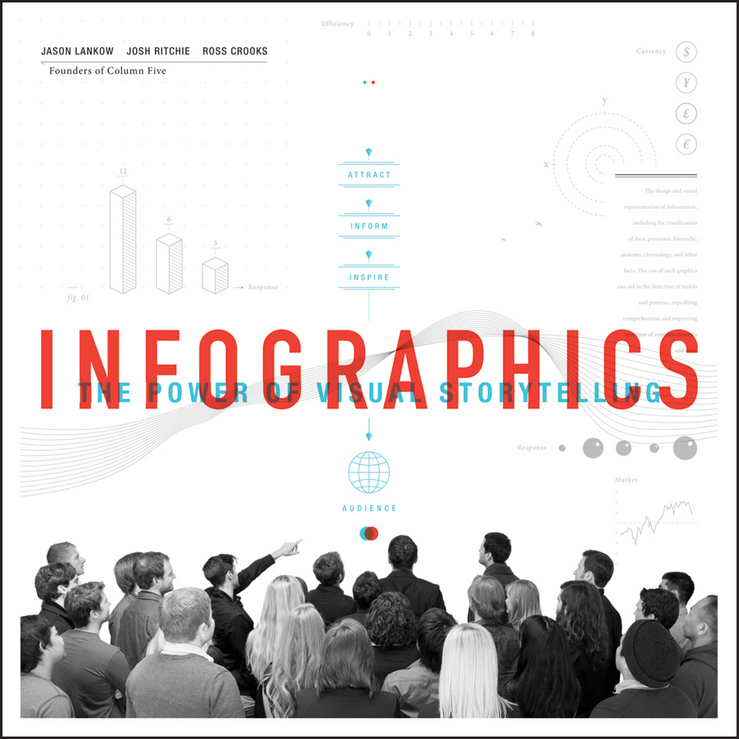Contents

Copyright 2012 by Column Five Media. All rights reserved.
Published by John Wiley & Sons, Inc., Hoboken, New Jersey.
Published simultaneously in Canada.
No part of this publication may be reproduced, stored in a retrieval system, or transmitted in any form or by any means, electronic, mechanical, photocopying, recording, scanning, or otherwise, except as permitted under Section 107 or 108 of the 1976 United States Copyright Act, without either the prior written permission of the Publisher, or authorization through payment of the appropriate per-copy fee to the Copyright Clearance Center, Inc., 222 Rosewood Drive, Danvers, MA 01923, (978) 750-8400, fax (978) 646-8600, or on the web at www.copyright.com . Requests to the Publisher for permission should be addressed to the Permissions Department, John Wiley & Sons, Inc., 111 River Street, Hoboken, NJ 07030, (201) 748-6011, fax (201) 748-6008, or online at http://www.wiley.com/go/permissions .
Limit of Liability/Disclaimer of Warranty:
While the publisher and author have used their best efforts in preparing this book, they make no representations or warranties with respect to the accuracy or completeness of the contents of this book and specifically disclaim any implied warranties of merchantability or fitness for a particular purpose. No warranty may be created or extended by sales representatives or written sales materials. The advice and strategies contained herein may not be suitable for your situation. You should consult with a professional where appropriate. Neither the publisher nor author shall be liable for any loss of profit or any other commercial damages, including but not limited to special, incidental, consequential, or other damages.
For general information on our other products and services or for technical support, please contact our Customer Care Department within the United States at (800) 762-2974, outside the United States at (317) 572-3993 or fax (317) 572-4002.
Wiley publishes in a variety of print and electronic formats and by print-on-demand. Some material included with standard print versions of this book may not be included in e-books or in print-on-demand. If this book refers to media such as a CD or DVD that is not included in the version you purchased, you may download this material at http://booksupport.wiley.com .
For more information about Wiley products, visit www.wiley.com .
ISBN 978-1-118-31404-3 (paper); ISBN 978-1-118-42006-5 (ebk); ISBN 978-1-118-42159-8 (ebk); ISBN 978-1-118-43164-1 (ebk)
INTRODUCTION
The world around us is changing. The Information Age has fundamentally changed the way we think and communicate. We are now a culture that thrives on learning and sharingmuch of this is facilitated by the increasing ubiquity of social media. This influx of information needs to be consumed and processed, which requires new methods of communication. Infographics, in many different forms, are at the forefront of this new way of thinking. The visualization of information is enabling us to gain insight and understanding quickly and efficiently, utilizing the incredible processing power of the human visual system. Accessing and harnessing this power is not only valuable, but necessary, as we navigate the vast amounts of data presented to us daily.
This is an especially prevalent need in the business world. Consumers are increasingly cynical with regard to advertising and marketing efforts, an attitude which borders on callous. In order to communicate their messages, brands must appeal to consumers in a new way. Hard-sell advertisements are no longer effective. Brands now need to provide a unique value to their audiences, beyond the propositions of their products and services. This value comes in the form of information presentation. In order to build and engage an audience, an increasing number of companies are finding success in taking cues from publisherspresenting purely editorial content with the aim of informing and entertaining readers. How do infographics fit into this picture? With a massive amount of content being created and distributed daily on the web, it has become much more challenging to catch and keep the attention of viewers. Infographics provide a format that utilizes engaging visuals that not only appeal to an audience hungry for information, but also aid in the comprehension and retention of that material.
The aim of the poet is to inform or delight, or to combine together, in what he says, both pleasure and applicability to life .
In instructing, be brief in what you say in order that your readers may grasp it quickly and retain it faithfully .
Superfluous words simply spill out when the mind is already full.
Horace
(Epistolas Ad Pisones De Ars Poetica)
Though this was written over 2,000 years ago with regard to the role of the poet, every business can benefit from this timeless wisdom as it pertains to any communication. Whether you are informing, delighting, or both, succinct messaging that provides real, interesting knowledge to consumers is not only the new face of marketing, but of any brand communications.
A BRIEF HISTORY OF INFOGRAPHICS
The design of information is nothing new. From the earliest cave paintings to modern-day data visualization, humans have always utilized graphic depictions as a representation of information. Their efficacy has been proven as far back as the Victorian Era, as evidenced by the infographic in , created by Florence Nightingale to show the causes of mortality of the British Army during the Crimean War. This was presented to Parliament, who had previously been unresponsive to concerns of health and hygiene of the troops, and brought about a new way of thinking about the spread of disease (Kopf, p. 390-392).
: Diagram of the Causes of Mortality in the Army in the East .
Florence Nightengale .
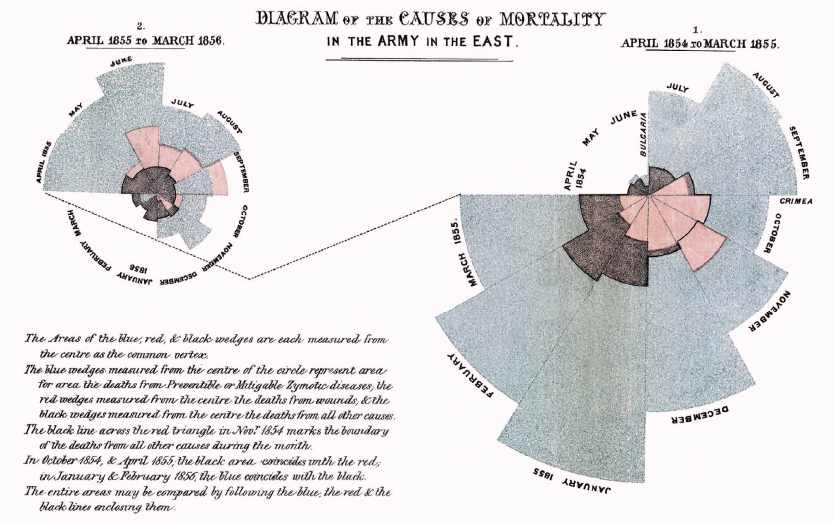
They were popularized for editorial use in the late 1930s and early 1940s, with Fortune magazine being one of the most well-recognized early purveyors. These illustrations in are the embodiment of true craftsmanship, characterized not only by an iconic style, but painstaking attention to detail.
: Fortune magazine infographics .
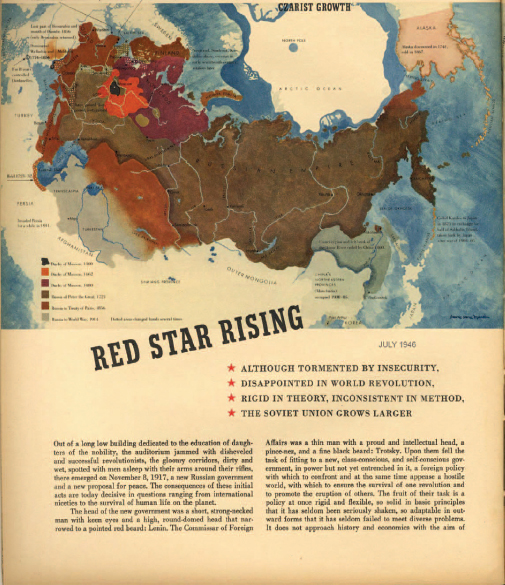
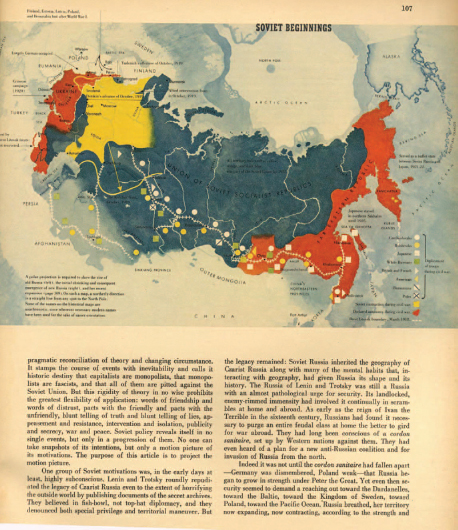
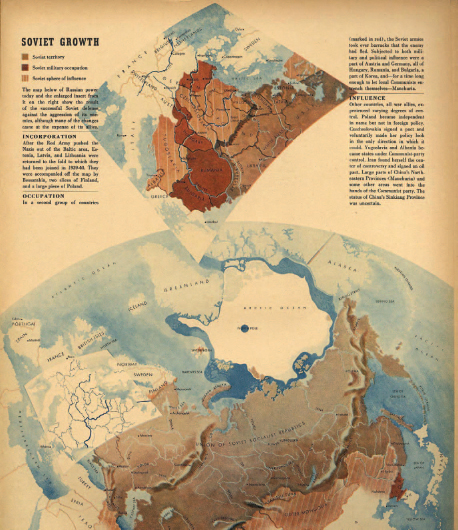
Since then, they have found more broad applications in everything from academic and scientific research to modern marketing. We will discuss more on the history of these uses in Chapter 1 (Importance and Efficacy) and highlight the current applications throughout the book.
THE PURPOSE OF THIS BOOK
The utility and application of infographics are expansive and diverse. In this book, we will focus primarily on their implementation in improving business communication, from their new-found use in marketing to their more traditional application in reporting and gaining business insight. Along the way, we will also discuss some of the related purposes for their use in other fields, which will shed light on the approach and critical framework for analyzing their quality and efficacy that we will establish toward the end of the book. Our primary purpose is to provide an in-depth understanding of the value of their use, and inform as to the proper approach and implementation of the medium. We hope you will leave informed and inspired by the tools of infographic thinking, ready to visually transform your companys communication.



